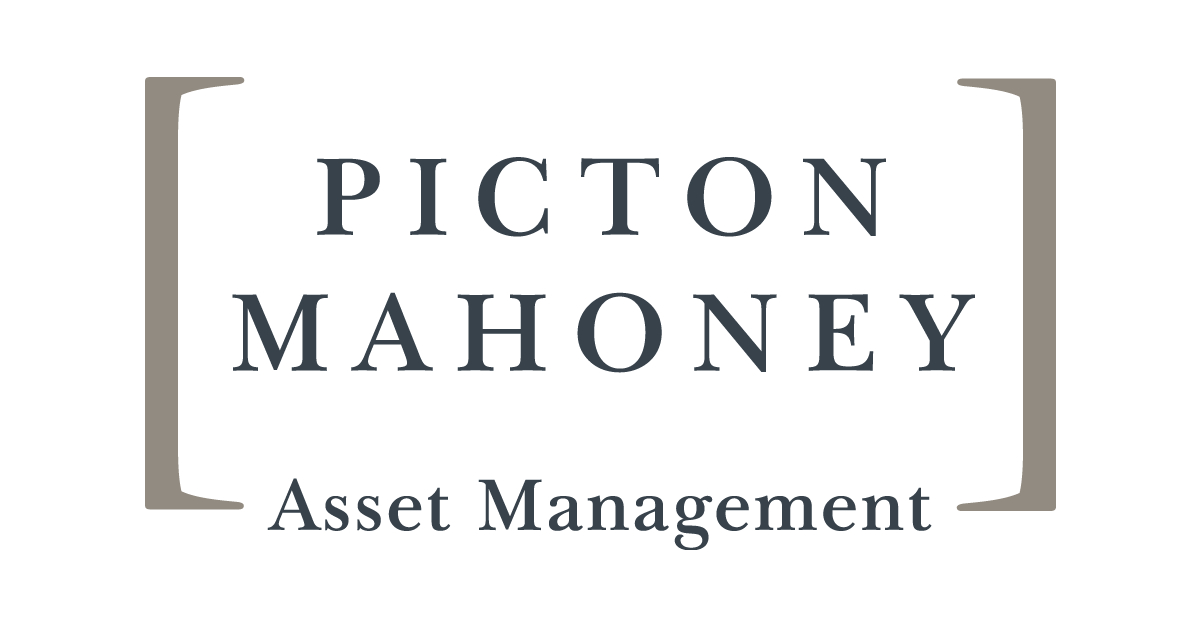“Machine learning helps to quickly recognize shifts in fast-moving signals and uncovers insights that the rest of the market has yet to notice,” says Dashmeet Singh, portfolio manager and director, quantitative research & risk, at Picton Mahoney Asset Management. Here, he describes the evolving quantitative research process at his firm and explains how the team uses short-selling.

DASHMEET SINGH
PORTFOLIO MANAGER AND DIRECTOR, QUANTITATIVE RESEARCH & RISK,
PICTON MAHONEY ASSET MANAGEMENT
HOW IS THE QUANTITATIVE RESEARCH PROCESS AT PICTON MAHONEY EVOLVING?
Historically, we started building our models by leveraging traditional information sets containing structured data, such as company fundamentals, estimates, pricing and transaction cost models. But over the last five years or so, we’ve added unstructured data, extracting valuable information from sources like earnings call transcripts and regulatory filings. To do that, our tools have evolved, expanding from traditional regression, mean variance optimization and risk models to include technologies that parse natural language, as well as machine learning techniques.
Our quantitative platform is built completely in-house using R and Python as programming languages. Combined with the tools of traditional statistical analysis, our advanced technology allows us to build an efficient, scalable and repeatable quantitative research process. In particular, machine-learning models can be applied to existing data sets to understand non-linearity and other interactions that couldn’t be captured using traditional methods.
For example, traditional factors assume a linear relationship between company attributes and expected returns. At a high level, that’s true—but we know there’s non-linearity that we might be missing, too. For example, companies with a high short-interest ratio tend to underperform. However, when the short interest becomes very high, the relationship can reverse very quickly and a high short-interest company may outperform. So instead of a linear profile, it’s a U-shaped profile. Today, we’re able to grasp these types of non-linear relationships within and across factors.
Another illustration of our evolving process is the way we look at environmental, social and governance (ESG). We have two data vendors—one that’s fundamentals-based and provides longer-term ESG scoring and one that leverages machine learning to help us understand shorter-term changes in sentiment. Machine learning helps to quickly recognize shifts in fast-moving signals and uncovers insights that the rest of the market has yet to notice.
WHAT CHALLENGES DO YOUR TOOLS AND TECHNOLOGIES HELP YOU OVERCOME?
There are three main components to any quantitative investment process or portfolio: return, correlation and risk. At Picton Mahoney, we’re always working to improve on all those components.
One challenge with return is knowing that factor efficacy, or performance of the factors, has decayed over time as more market participants have started using factor risk premium in their strategies. Our solution is to improve factor performance and build better factors using sector-specific models and alternative data—for example, information found in earnings call transcripts, sentiment scoring or regulator filings by senior company management on information about the securities the company insiders own.
These new factors can provide unique insights that traditional factors couldn’t.
On correlation, markets have become much more macro-driven over the past decade, which means quantitative factors are not as insulated from market movement. To overcome the increased correlation between the factors and market movement, we’ve been building models using company-specific returns rather than total returns.
On risk, we’ve seen factors become more volatile with the increasing number of regime changes. We’ve built an in-house factor regime distance model that helps us understand how similar the current regime is to those in the past based on factor attributes like valuation spreads, performance and seasonality. This process helps us understand which factors will likely outperform or underperform.
HOW DO YOU USE SHORT-SELLING IN YOUR STRATEGIES?
The ability to short is one of the most important tools available to reduce risk and add return potential to our strategies. It increases the opportunity set by allowing us to reflect our negative views on certain companies. Shorting also helps us manage the systematic risk consistent with our mandates. In a market-neutral strategy, it enables us to hedge market risk and unintended factor risk so that most of our portfolios’ risk is driven by what we’re hired to do: stock selection. In a long-short strategy, we can target half of the market exposure by shorting 50 per cent of the portfolio. Shorting allows us to dial our overall portfolio exposures up or down, depending on the solutions our clients are asking us for.
HOW DOES THE TEAM MANAGE RISKS ASSOCIATED WITH SHORT-SELLING?
Shorting can be risky. As much as it offers us the opportunity to express our negative views, it can theoretically be an unlimited source of losses. We recognize this—and at Picton Mahoney, risk management is integrated into everything we do, and short-selling is no different. We have a very strong risk management process, with three levels of defence in place; and we’ve been shorting equities since 2005.
First and foremost, our portfolio managers review the portfolios daily, looking at recommendations on both the long and short sides that emerge from the independent fundamental and quantitative research processes. They aim to ensure that risks taken on short positions are more than offset by expected returns. Second, our risk committee receives reports produced by our quantitative risk team outlining market factor and sector risk exposures on the long and short side. They want to make sure our portfolio managers are not taking undue risks. Third, our compliance team monitors to ensure our funds adhere to investment policy guidelines and the fund objectives.
Overall, we generally maintain a tighter position on our short book and aim to ensure it’s well diversified across names and sectors. Furthermore, to mitigate risk of short squeeze, which is one of the biggest risks in shorting, we have a bias towards larger-capitalization, higher-liquidity names. We also generally keep positions smaller in our short books.


